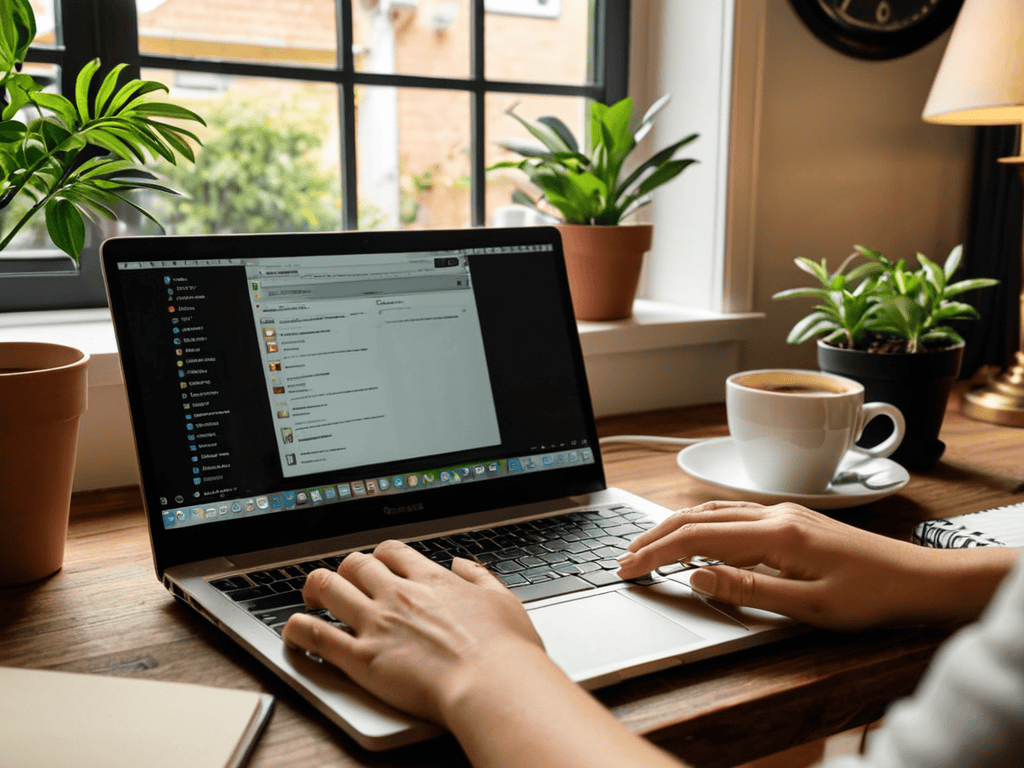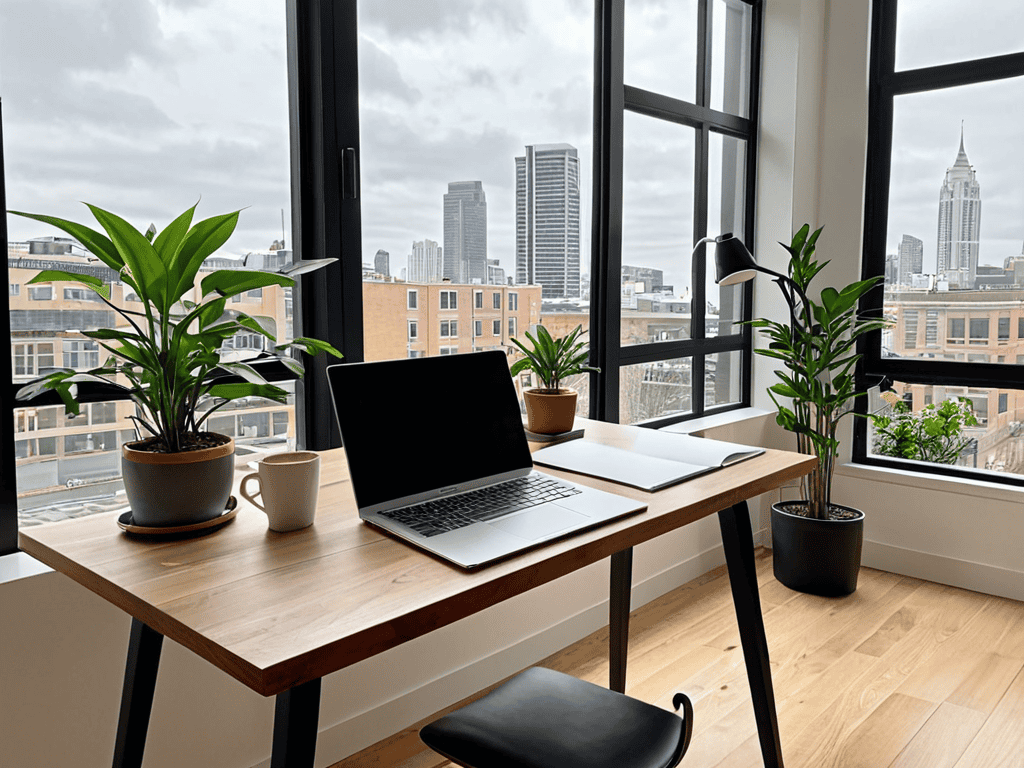I still remember the day I decided to launch my first online store – it was a mix of excitement and overwhelm. I had heard that creating a successful Shopify store was a daunting task, but I was determined to learn. That’s when I realized that most resources out there were offering generic advice, instead of a genuine a guide to starting your first Shopify store. They’d tell you to “just be unique” or “find your niche,” but nobody seemed to be providing a clear, step-by-step roadmap to getting started.
As you embark on your own journey to create a thriving Shopify store, I want to assure you that this article will provide you with practical tips and honest advice on how to navigate the process. You won’t find any fluff or overly complicated strategies here. Instead, I’ll share my personal experience and the lessons I’ve learned along the way, so you can avoid common pitfalls and focus on building a successful online business. By the end of this guide, you’ll have a clear understanding of how to set up your store, source products, and market your brand to potential customers.
Table of Contents
- Guide Overview: What You'll Need
- Step-by-Step Instructions
- A Guide to Starting Your First Shopify Store
- 5 Essential Tips to Supercharge Your First Shopify Store
- Key Takeaways to Launch Your Shopify Store
- Setting Up for Success
- Launching Your Dream Store: The Final Countdown
- Frequently Asked Questions
Guide Overview: What You'll Need

Total Time: 2 hours 30 minutes
Estimated Cost: $20 – $100
As you’re setting up your Shopify store, it’s essential to think about the overall aesthetic and user experience you want to provide for your customers. Customizing your theme can be a bit overwhelming, but there are some amazing resources out there to help you get started. For example, if you’re looking for some inspiration or tips on how to make your store stand out, I highly recommend checking out hobbyladies – they have a wealth of information on everything from e-commerce design trends to practical advice on how to optimize your store for maximum conversions. By taking the time to get your store’s look and feel just right, you’ll be well on your way to creating a seamless shopping experience that will keep customers coming back for more.
Difficulty Level: Intermediate
Tools Required
- Computer (with internet connection)
- Web Browser (e.g., Google Chrome, Mozilla Firefox)
Supplies & Materials
- Shopify Account (basic plan)
- Domain Name (registered or transferred to Shopify)
- Product Images (high-quality, 1000 pixels x 1000 pixels resolution)
- Product Descriptions (detailed, including prices and shipping information)
Step-by-Step Instructions
- 1. First, let’s get started with the basics – signing up for a Shopify account is the initial step in launching your online store. Head over to the Shopify website, click on “Get started,” and fill out the registration form with your email address, password, and store name. Make sure to choose a unique and memorable store name, as this will be the foundation of your brand’s identity.
- 2. Next, you’ll need to set up your store’s profile and settings. This includes adding your business address, phone number, and timezone. Don’t worry too much about this step, as you can always come back and edit your settings later. The key is to get your store up and running, and then you can refine the details as you go along. Take your time to fill out the information accurately, as this will help with things like shipping and taxes down the line.
- 3. Now it’s time to choose a theme for your store. Shopify offers a wide range of free and paid themes to suit different styles and industries. Browse through the theme store, and select one that aligns with your brand’s aesthetic. Don’t overthink this step too much – you can always change your theme later if you find something you like better. The goal is to get a basic design up and running, and then you can customize it to your heart’s content.
- 4. With your theme in place, it’s time to add products to your store. This is where things can get really exciting, as you start to build out your catalog and showcase your offerings to the world. Make sure to include high-quality product images, as well as detailed descriptions and pricing information. You can also set up product variants, such as different sizes or colors, to give your customers more options.
- 5. Once you have your products added, it’s time to set up payment and shipping options. Shopify integrates with a range of payment gateways, including PayPal, Stripe, and more. You’ll also need to set up your shipping rates and options, which can be based on weight, location, or other factors. Take some time to research your shipping options, as this can be a major factor in customer satisfaction and loyalty.
- 6. Next, you’ll need to set up taxes for your store. This can be a bit of a headache, but Shopify makes it relatively easy with its built-in tax settings. You can choose to automatically calculate taxes based on your customer’s location, or set up custom tax rates for different regions. Just make sure to consult with a tax professional if you’re unsure about any aspect of tax setup, as this can be a complex area.
- 7. Finally, it’s time to launch your store and make it available to the public. This is the moment you’ve been waiting for – your store is now live, and customers can start browsing and buying your products. Take some time to test out your store, making sure that everything is working as it should, from the checkout process to the product pages. And don’t forget to promote your store on social media, email, and other marketing channels to get the word out and start driving sales.
A Guide to Starting Your First Shopify Store

As you work through the shopify store setup checklist, it’s essential to consider the overall aesthetic and user experience of your site. Customizing shopify themes for beginners can seem daunting, but it’s a crucial step in creating a unique and engaging brand identity. By selecting a theme that aligns with your brand’s voice and style, you’ll be able to establish a strong foundation for your online presence.
When it comes to adding digital products to shopify, it’s vital to ensure that your store is properly configured to handle these types of sales. This includes setting up the necessary shopify payment gateways to facilitate seamless transactions. By streamlining your payment processes, you’ll be able to provide a better experience for your customers and reduce the risk of abandoned carts.
To take your store to the next level, focus on optimizing shopify product pages for seo. This involves carefully crafting product descriptions, titles, and tags to improve your store’s visibility in search engine results. By implementing effective shopify store launch strategies, you’ll be able to drive more traffic to your site and increase your chances of success in the competitive e-commerce landscape.
Customizing Shopify Themes for Beginners Made Easy
Now that your store is set up, it’s time to make it look amazing. Customizing your Shopify theme is where the magic happens. Don’t worry if you’re not tech-savvy – Shopify makes it super easy to personalize your store’s design. You can choose from a wide range of free and paid themes, and even customize the layout, colors, and fonts to match your brand.
Start by browsing the theme store, and pick one that resonates with your brand’s vibe. Once you’ve selected a theme, you can start tweaking it to fit your style. Add your logo, change the color scheme, and upload your products – it’s that simple. Remember, your store’s design should reflect your brand’s personality, so have fun with it and make it your own.
Shopify Store Setup Checklist Simplified
Now that we’ve covered the basics, let’s break down the setup process into a simple checklist. This will ensure you don’t miss any crucial steps when launching your store. Your Shopify store setup checklist should include setting up your payment and shipping options, customizing your store’s design, and adding your products.
By following this simplified checklist, you’ll be able to efficiently set up your store and start selling quickly. Remember to double-check each item on the list to avoid any delays or issues down the line.
5 Essential Tips to Supercharge Your First Shopify Store
- Start by defining your niche and target audience to create a focused brand identity
- Develop a unique value proposition that sets your store apart from the competition
- Optimize your product pages with high-quality images, detailed descriptions, and customer reviews
- Set up a robust payment and shipping system to ensure seamless transactions and deliveries
- Monitor and analyze your store’s performance using Shopify’s built-in analytics tools to make data-driven decisions
Key Takeaways to Launch Your Shopify Store
Sign up for a Shopify account and set up your store with a customized theme that reflects your brand identity
Streamline your store setup process with a simplified checklist, covering essential steps like adding products, setting up payment and shipping options, and configuring taxes
Successfully launch your first Shopify store by following a step-by-step guide, making it easy to start selling online and reaching your target audience
Setting Up for Success
Starting your first Shopify store is like launching a rocket ship – it takes careful preparation, a solid foundation, and a willingness to blast off into the unknown, but with the right guidance, you can reach orbit and make your entrepreneurial dreams a reality.
Ecommerce Explorer
Launching Your Dream Store: The Final Countdown

You’ve made it through the bulk of this guide to starting your first Shopify store, and by now, you should have a solid grasp on the basics of setting up your store, from registration to customizing your theme. It’s been a journey, but the foundation is laid. You’ve learned how to simplify your Shopify store setup checklist and even how to make customizing Shopify themes a breeze, even if you’re a beginner. All these steps are crucial, but remember, the key to success lies in continuous learning and adaptability.
As you stand at the threshold of launching your very first Shopify store, remember that this is just the beginning of an exciting journey. E-commerce is ever-evolving, and what sets successful store owners apart is their willingness to innovate and improve constantly. So, take a deep breath, be proud of how far you’ve come, and get ready to embark on this thrilling adventure. Your store is more than just a platform to sell products; it’s a reflection of your passion and dedication. Go out there and make it shine!
Frequently Asked Questions
What are the most important things to consider when choosing a theme for my Shopify store?
When choosing a theme, consider how it’ll showcase your products and brand. Think about layout, color schemes, and mobile responsiveness. Ask yourself: Is it easy to navigate? Does it match my brand’s vibe? Will it convert visitors into customers? Keep it simple, yet effective – your theme sets the tone for your store’s overall shopping experience.
How do I optimize my product pages for better conversion rates?
To boost conversions, make sure your product pages are on point! Use high-quality images, write compelling descriptions, and highlight key features and benefits. Don’t forget to optimize for mobile and make that ‘Add to Cart’ button super visible. Keep it simple, yet persuasive – you got this!
What are some common mistakes to avoid when setting up my first Shopify store?
Don’t sweat the small stuff, but watch out for common pitfalls like poor theme customization, inadequate product descriptions, and neglecting SEO optimization – these can tank your sales and customer experience.



